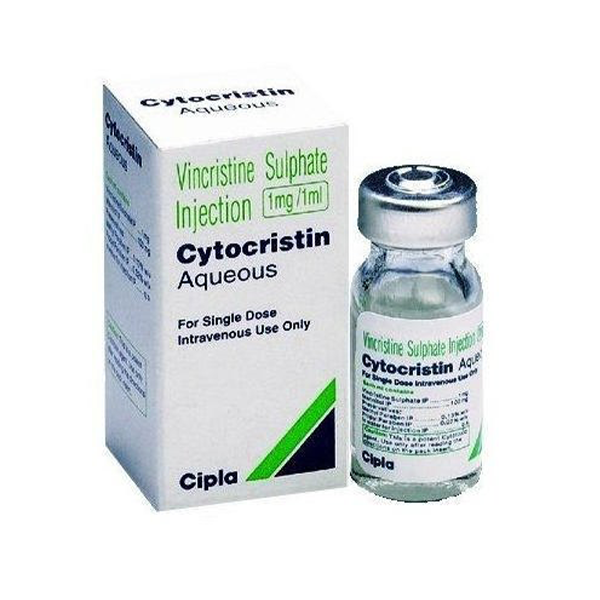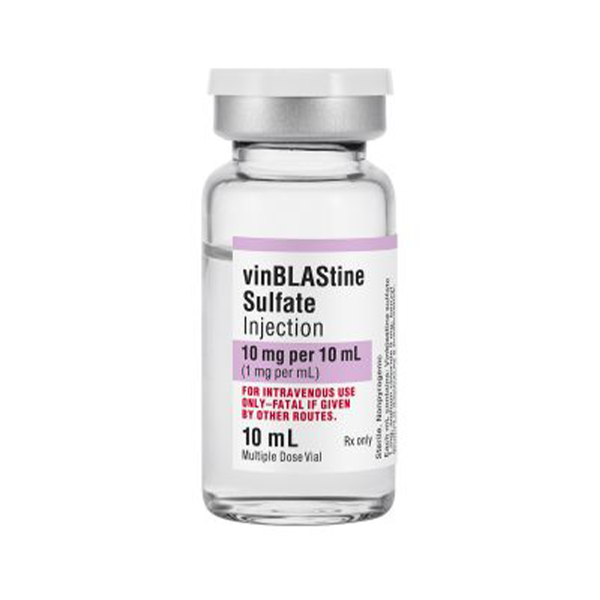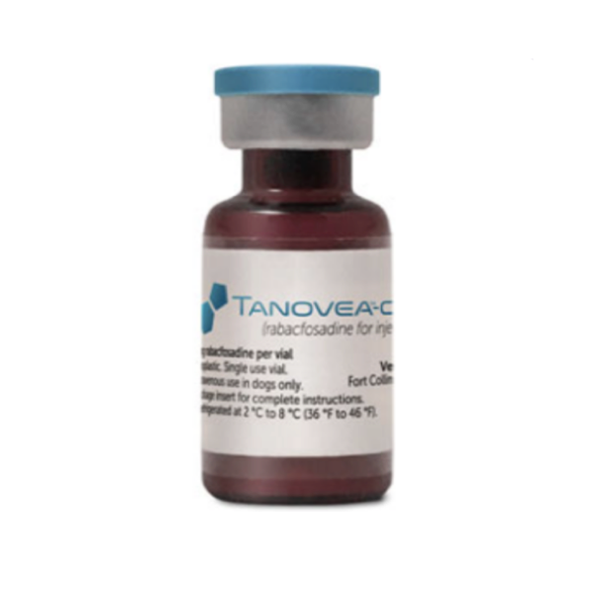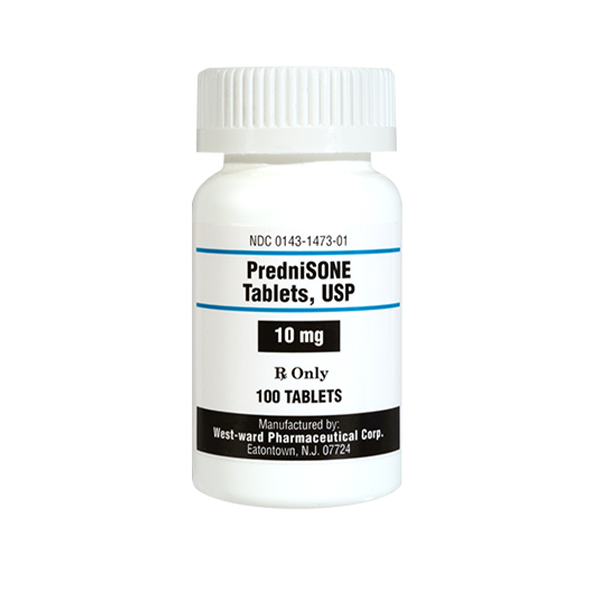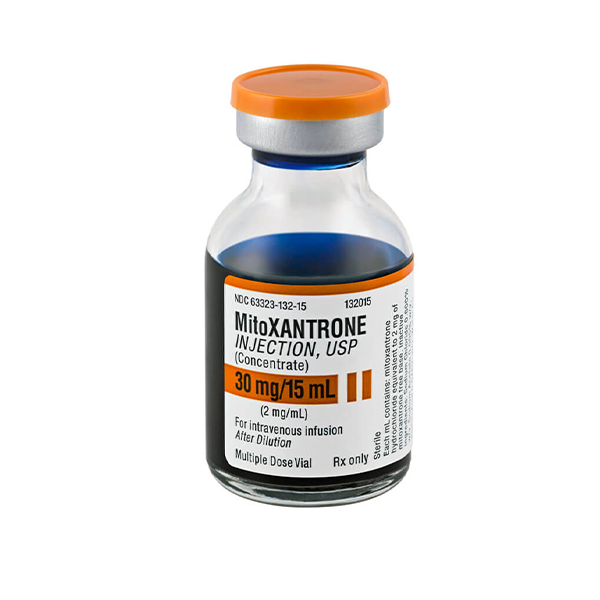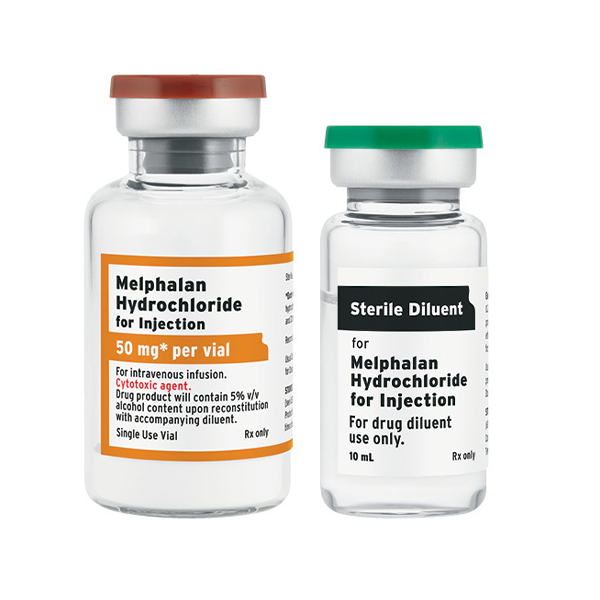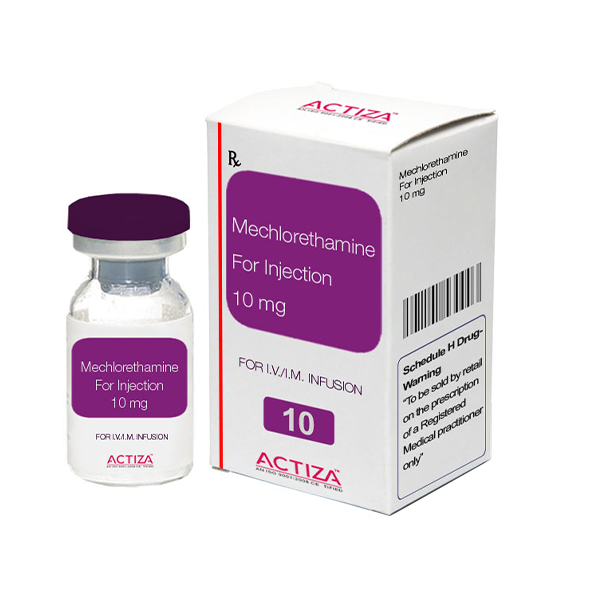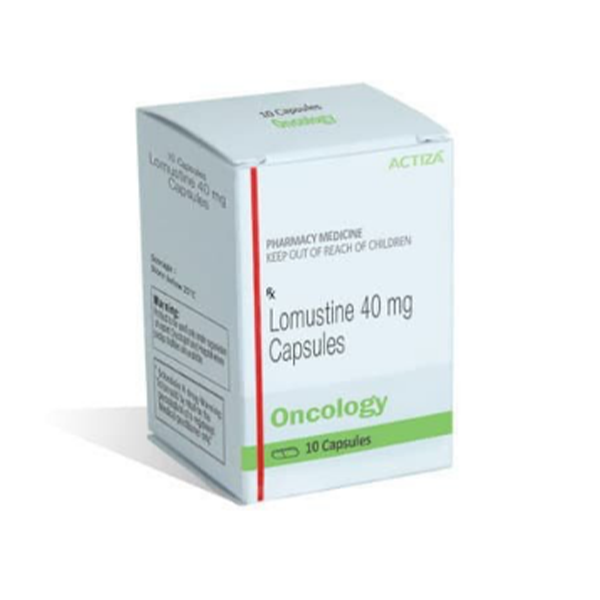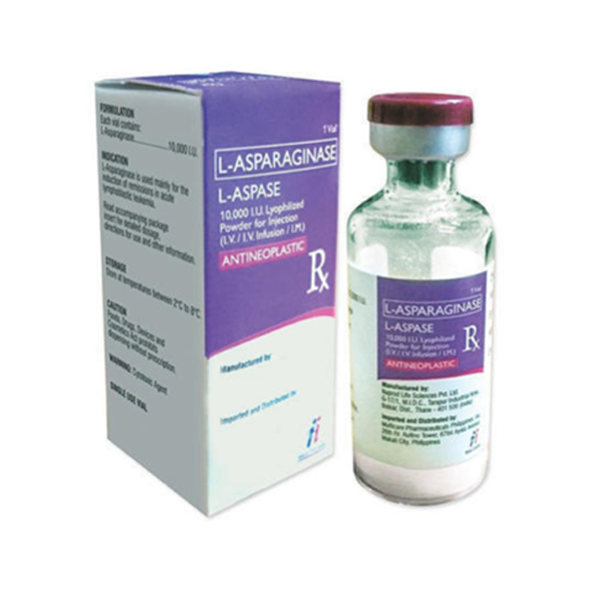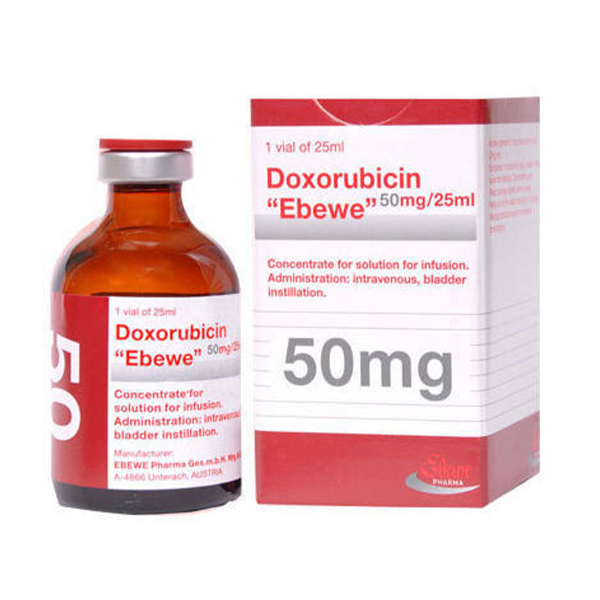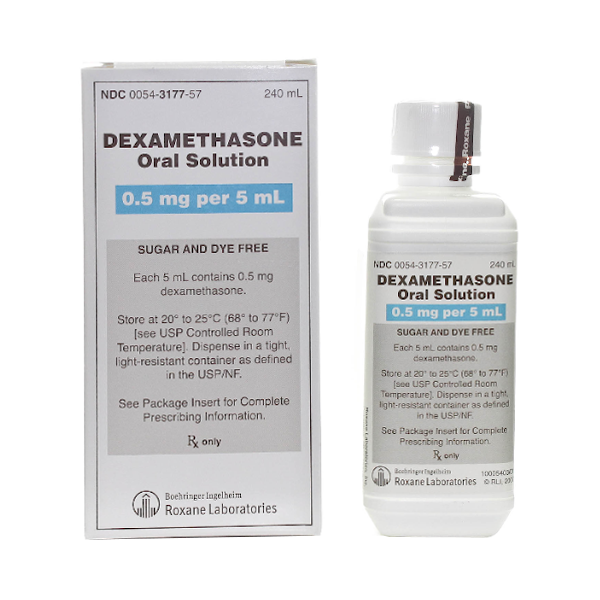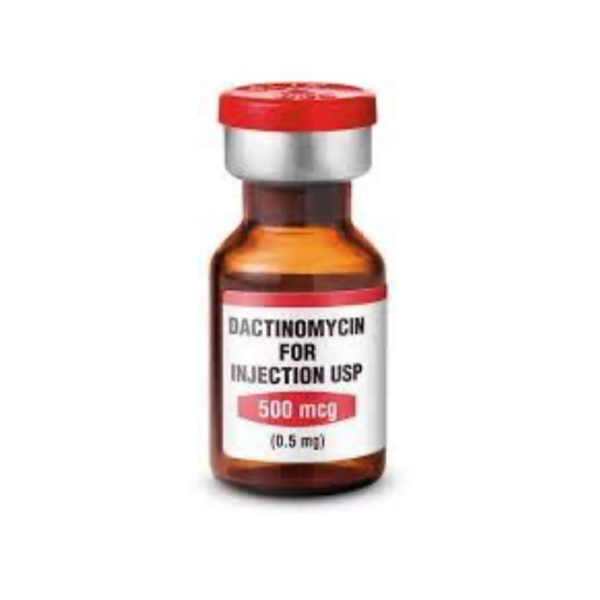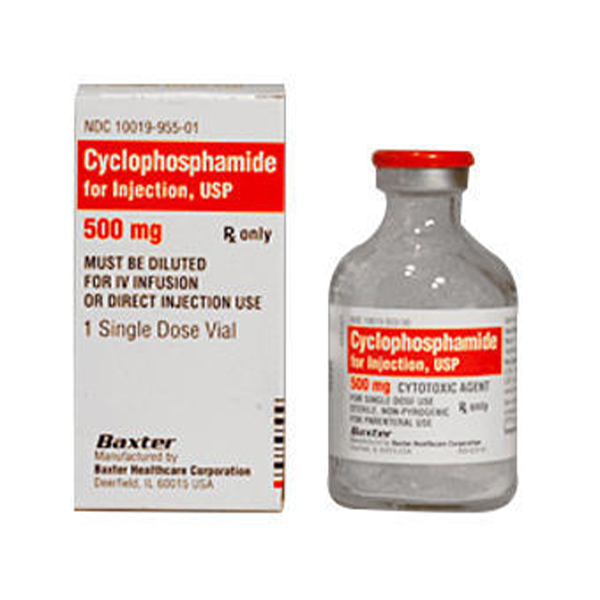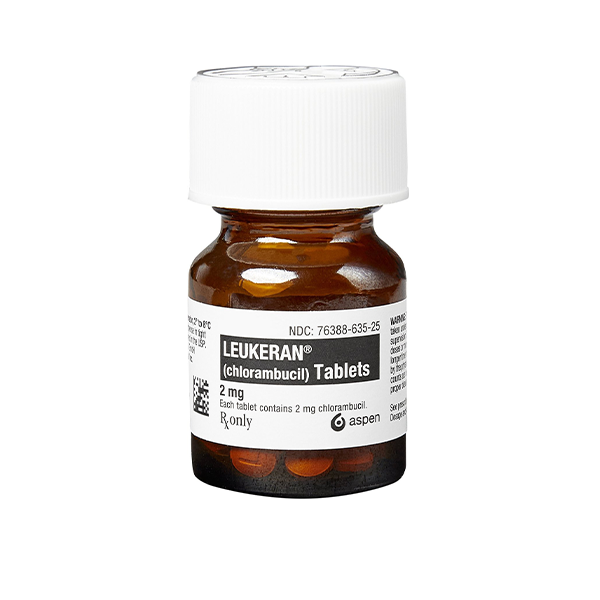Cyclophosphamide
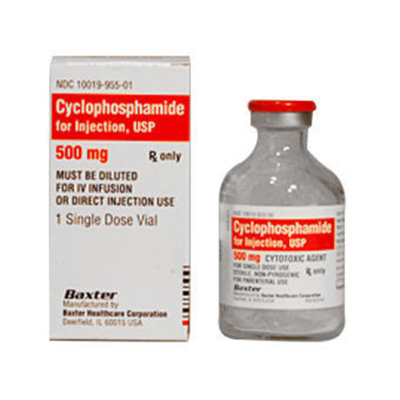
BRAND
Cytoxan® or Neosar
DRUG TYPE
Anti-cancer chemotherapy drug
CONDITIONS TREATED
Lymphomas, leukemias, multiple myeloma, neuroblastoma, retinoblastoma, breast and ovarian cancer; also used to prepare a patient for bone marrow transplantation
ADMINISTRATION
Can be delivered through a vein by injection or infusion (intravenous, IV), or by mouth in tablet form
What is cyclophosphamide?
Cyclophosphamide is a cytotoxic drug that is used to destroy cells that are rapidly dividing. Although it is most often prescribed to treat various types of cancer, it can also be used to decrease an individual’s overactive immune response which is helpful for suppressing autoimmune diseases.1
What is chemotherapy?
Drug treatment for cancer is called chemotherapy. The job of chemotherapy is to kill cancer cells, including those that may have spread beyond the main tumor. Unlike surgery or radiation, most types of chemotherapy, or “chemo,” don’t target a particular tumor or a particular part of the body. Most forms of chemotherapy attack all rapidly dividing cells, including cancerous ones. Although cancer cells divide rapidly, other cells do too, including the ones in the lining of your stomach and the ones that grow hair on your head. That’s why chemotherapy patients often lose their hair. Because the drugs affect all types of cells in the body, patients are likely to feel worse after a round of chemotherapy, at least temporarily.2
Cancers treated with cyclophosphamide include the following:3
• Acute lymphocytic leukemia (ALL)
• Acute myeloid leukemia (AML)
• Breast cancer
• Burkitt’s lymphoma
• Chronic lymphocytic leukemia (CLL),
• Chronic myelocytic leukemia (CML)
• Hodgkin’s and non-Hodgkin’s lymphoma
• Multiple myeloma
• Neuroblastoma
• Ovarian cancer
• Retinoblastoma
• T-cell lymphoma (mycosis fungoides)
In addition, cyclophosphamide is used to prepare an individual for bone marrow transplantation.
Delivery to your pet:
- Cyclophosphamide can be administered in a number of ways which include delivering a tablet by mouth (orally) or by injection into the vein (intravenous, IV). If using tablets, they should be given with food or after meals and should not be crushed or cut into pieces.
- The choice of delivery route depends on the condition being treated, dosage, and purpose for its use.
- The amount of cyclophosphamide that will be delivered to your pet depends on factors such as your pet’s weight, height, and general health, as well as your pet’s cancer type or condition. Your veterinarian will determine the precise dosage and schedule for delivery.
- Although cyclophosphamide is often delivered via an IV or by mouth, it can also be administered using an injection into the muscle (intramuscular, IM), into the abdominal cavity (intraperitoneal, IP), or possibly beneath the lining of the lung (intrapleural).
Before using cyclophosphamide:
- If you are aware that your pet is allergic to other prescription or non-prescription drugs, please be sure to tell your veterinarian. Special attention should be given for allergies to alkylating agents such as:4
- Bendamustine (Treanda®)
- Busulfan (Myerlan®, Busulfex®)
- Carmustine (BiCNU®, Gliadel® Wafer)
- Chlorambucil (Leukeran®)
- Ifosfamide (Ifex®)
- Lomustine (CeeNU®)
- Melphalan (Alkera n®)
- Procarbazine (Mutalane®)
- Temozolomide (Temodar®)
- Additional non-prescription medicines, vitamins, nutritional supplements, and herbal mixtures may also be allergens. Again, alert your veterinarian and pharmacist, particularly if your pet is being treated with any of the following:
- Allopurinol (Zyloprim®)
- Cortisone acetate
- Doxorubicin (Adriamycin®, Doxil®)
- Hydrocortisone (Cortef®)
- Phenobarbital (Luminal® Sodium)
- If your pet is allergic to any of the aforementioned substances, your veterinarian may modify the doses of cyclophosphamide and request that you carefully monitor your pet for side effects.4
- Let your veterinarian know if your pet has received any previous treatments such as X-rays, other chemotherapy medications, or has ever had kidney or liver disease.
- Do not give your pet aspirin or products containing aspirin.5,6
- Do not start, stop, or change the dosage of any medicines without your veterinarian’s approval.
- Inform your veterinarian if your pet is pregnant or may be pregnant prior to starting this treatment.
- Vaccinations and immunizations should be avoided while taking cyclophosphamide.
Possible Side Effects
Cyclophosphamide may be associated with certain side effects which include the following:
- Nausea
- Vomiting loss of appetite
- Stomach ache
- Diarrhea
- Darkening of skin and nails
Although most of these disturbances are temporary, nausea and vomiting can be severe and the resulting dehydration can be very serious. In some cases, an additional drug may be used to prevent or relieve the nausea and vomiting. Limiting your pet’s activity and introducing several small meals rather than one large feeding may reduce these effects.1
Mouth sores, joint pain, bruising/bleeding, and slow healing of wounds should be recorded. Changes in the color of urine (pink/bloody) is a concern since it may indicate kidney or bladder problems. Rare but very serious side effects are listed below; these symptoms could also indicate a drug overdose.4 If you notice any of these symptoms, call your veterinarian immediately.
- Back/bloody stools
- Severe stomach sensitivity
- Yellowing eyes or skin
- Dark urine
- Mood changes
- Muscle weakness/spasms.
Cyclophosphamide may have serious effects on heart if it is used in high doses or in combination with radiation or other chemotherapeutic drugs such as doxorubicin. If your dog has trouble breathing, experiences shortness of breath, has an irregular heartbeat or is unusually tired, see your veterinarian immediately.1 In addition, cyclophosphamide also lowers the body’s ability to fight an infection so be on the alert for development of fever, chills and/or signs of a sore throat.
It is not common for this drug to elicit a serious allergic reaction, but seek immediate medical attention if you notice any of the following symptoms:3
- Rash
- Itching/swelling (especially of the face/tongue/throat)
- Severe dizziness
- Trouble breathing
It is possible that treatment of a particular cancer with cyclophosphamide may put the pet at risk for developing another type(s) of cancer. Occasionally this occurs months or years after the treatment has ended. Clearly, it is important to have your veterinarian monitor your pet during and after treatment. Be on the alert for any of the following symptoms:1
- Unusual growths
- Lumps
- Swollen glands
- Unexplained weight loss
- Frequent, painful urination
The problem with administering more than one drug to your pet is that drug interactions may alter the effectiveness of the prescribed medications. In addition, other drugs may increase the risk for serious side effects. All possible interactions cannot possibly be listed here, so be sure to keep a list of all prescription or non-prescription drugs, herbal products, and any other product that your pet uses. Share this information with your veterinarian from the beginning.
Drugs having severe interactions with cyclophosphamide: 1
- Allopurinol
- Chloramphenicol
- Chloroquine
- Digoxin
- Nalidixic acid
- Phenothiazines
- primidone
- Phenobarbital
- St john’s wort
- Turmeric (curcumin)
If your pet loses their appetite and stops eating, try the following:
- Take your pet’s temperature. Call the hospital if it is above 103℉ or below 99℉.
- Offer your pet interesting and enticing foods such as chicken, turkey, and hamburger or try chicken and lamb baby food (dogs only).
- Add broth or yogurt to the food.
- Avoid foods that are too fatty or rich as these can cause digestive problems.
- Call your veterinarian if your pet has not eaten for more than 2 days.
Nausea, Vomiting and Diarrhea
- Call the hospital if your pet experiences any of the following: temperature is greater than 103 ℉ or below 99 ℉, diarrhea lasts for more than 48 h, or vomiting for longer than 24 h.
- Withhold food and water for 12 hours, and then offer small amounts of water every 2 hours.
- If your pet does not vomit after drinking small amounts of water, bland food such as chicken or turkey can be offered (boiled or baked, not fried). Boiled hamburger (fat skimmed off) or boiled white rice are also good choices.
- If your pet tolerates small amounts of these bland meals without vomiting, a normal diet can be resumed gradually over a 3-day period.
- If your vet agrees, give anti-nausea medications as prescribed. For example, 1/2 of a 160 mg tablet of maropitant citrate (Cerenia®) by mouth once daily (80mg/day) or as required if nausea, vomiting and loss of appetite are noted.
- If diarrhea is persistent, give 1½ tablets (375 mg) of metronidazole (250mg: Flagyl, anti-diarrheal antibiotic) by mouth twice daily for up to 5 days.
- Fortiflora (Anti-diarrheal probiotic) can also be administered to suppress diarrhea. Follow packet instructions for up to 7days.
Hair loss
- Most dogs do not lose their hair following chemotherapy. However, breeds that exhibit continuous hair growth, such as poodles, Bichon Frises and some terriers are more prone to this side effect.
- For those pets that lose excessive hair, perhaps a dog sweater or coat may keep your dog more comfortable when going out in cold weather.
Skin damage
- Occasionally, sores develop at the site of injection. Try to keep your pet from licking the area.
- You may need to wrap the limb or apply an Elizabethan (cone) collar to help prevent your pet from licking the area.
- Call your vet to discuss management if the sores worsen.
Other suggestions
- Have you pet drink lots of fluid every 24 hours, unless the vet instructs you to do otherwise.
- After taking cyclophosphamide, be sure to take your dog out to empty their bladder frequently, especially during the first 24 hours.
- This medication increases the risk for infections so try to keep your dog away from public, and report chills, fever, or any other signs of infection immediately.
- Make sure your dog gets plenty of rest.
- Avoid sun exposure.
- Maintain good nutrition and gentle exercise such as a daily walk.


